US outsources its anti-China war machine… to China

OOPS. THIS WAS AWKWARD. In 2012, US defense planners made an embarrassing discovery. Lots of US military gear, or parts thereof, came from China.
This included bits of their jetfighters, the glass in their nightvision goggles, a key chemical in their hellfire missiles, and so on. Buyers had chosen China for offering the right combination of quality and price.
But this was terribly problematic—you see, there were already advanced plans identifying China as a potential target for a future war. In effect the US had outsourced key elements of the coming war against China … to China.
A change of direction was needed. Thus began a program of quiet withdrawal. The popularly used term is “de-coupling”, but that implies a two-way split. It wasn’t. The impulse to back away came from one direction only, and it started more than a decade ago.
BACKING OFF HAS FAILED
But how successful has the withdrawal been? Not successful at all. It became clear this week that attempts by the US military to cut its dependence on China have failed. The boss of America’s giant military manufacturer Raytheon admitted that total separation will not be possible for the foreseeable future.
The company has “several thousand suppliers in China and decoupling . . . is impossible,” Greg Hayes, chief executive of Raytheon, told the Financial Times in an interview. He added that this was also the case for other US arms manufacturers.

Gregory Hayes. Image: Raytheon Technologies.
“Think about the US$500bn of trade that goes from China to the US every year. More than 95 per cent of rare earth materials or metals come from, or are processed in, China. There is no alternative,” he added.
Raytheon has about 2,000 employees in China. The firm, one of the world’s top arms makers, has two subsidiaries in the country, aircraft engine-maker Pratt & Whitney, and Collins Aerospace, which focuses on internal aviation systems.
To avoid political awkwardness the US company uses most of its staff in China on general projects to free up its other employees to work directly on military gear. (The firm plans to eventually split into two separate companies.)
TIP OF THE ICEBERG
But that’s just the tip of the China-weapon-making iceberg. Behind Hayes’ admission is a long series of painful discoveries. Since at least 2012, the US armed forces have been trying to wean themselves off their addiction to cheap-but-good Chinese items for the military. Below is a quick summary.
“Think about the US$500bn of trade that goes from China to the US every year. More than 95 per cent of rare earth materials or metals come from, or are processed in, China. There is no alternative,” he added.
Raytheon has about 2,000 employees in China. The firm, one of the world’s top arms makers, has two subsidiaries in the country, aircraft engine-maker Pratt & Whitney, and Collins Aerospace, which focuses on internal aviation systems.
To avoid political awkwardness the US company uses most of its staff in China on general projects to free up its other employees to work directly on military gear. (The firm plans to eventually split into two separate companies.)
TIP OF THE ICEBERG
But that’s just the tip of the China-weapon-making iceberg. Behind Hayes’ admission is a long series of painful discoveries. Since at least 2012, the US armed forces have been trying to wean themselves off their addiction to cheap-but-good Chinese items for the military. Below is a quick summary.
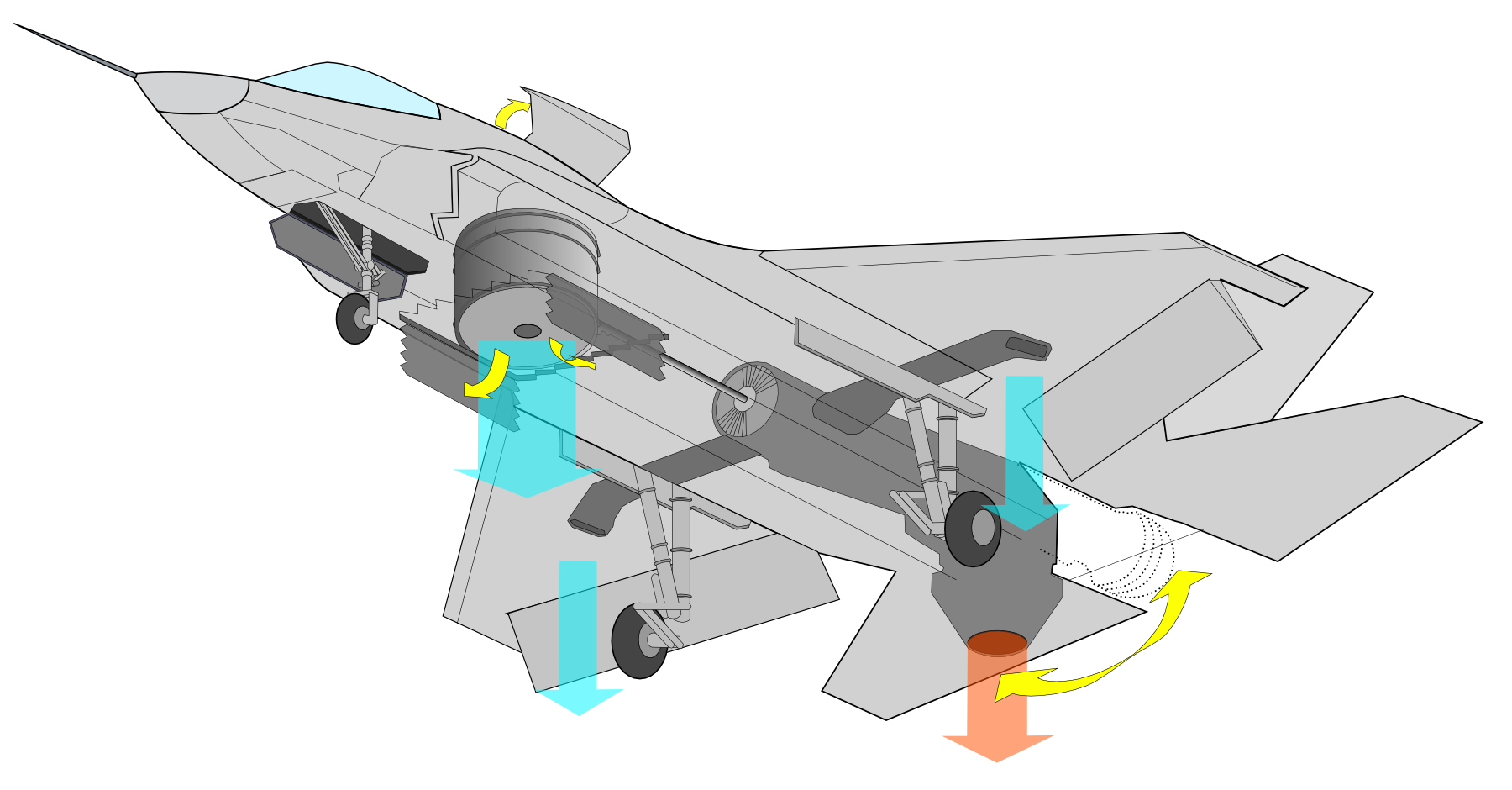
The F-35 has complex internal elements. Image: Tossaka/ Wikimedia Commons.
In 2012, the Pentagon admitted that its program to build the F-35 fighter bomber jet would come to a complete halt because US laws prohibited the use of Chinese materials—but there were definitely parts from China in the planes, and the builders were saying they could find no alternatives.
So the company asked the government for special “waivers” – exemptions from the laws—in 2012 and 2013 to allow the building program to continue.
RARE EARTHS
The problems kept returning, in various areas, and often from the need to use rare earths. In 2013, it was noted that the glass in US-made night vision goggles used a soft metal called lanthanum. Ninety per cent of the global supply came from China.
In 2012, the Pentagon admitted that its program to build the F-35 fighter bomber jet would come to a complete halt because US laws prohibited the use of Chinese materials—but there were definitely parts from China in the planes, and the builders were saying they could find no alternatives.
So the company asked the government for special “waivers” – exemptions from the laws—in 2012 and 2013 to allow the building program to continue.
RARE EARTHS
The problems kept returning, in various areas, and often from the need to use rare earths. In 2013, it was noted that the glass in US-made night vision goggles used a soft metal called lanthanum. Ninety per cent of the global supply came from China.
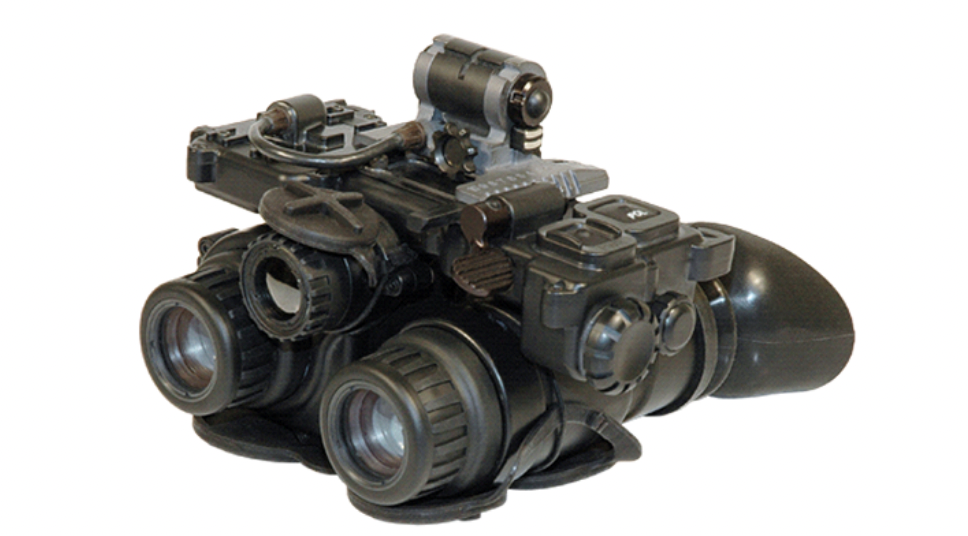
Binocular night vision goggles of the type used by the US military.
Rare earths were also used to make special magnets and other items. In 2014, Chinese items were found in the list of assembly gear for the Boeing B-1B bomber and Lockheed Martin’s F-16 military jets, so more waivers had to be arranged.
Also that year, CNBC reported that “chief U.S. arms buyer Frank Kendall allowed two F-35 suppliers, Northrop Grumman and Honeywell International, to use Chinese magnets for the new warplane’s radar system, landing gears and other hardware”.
These items would be difficult to replace. “In one case, it would cost US$10.8 million and take about 25,000 man-hours to remove the Chinese-made magnets and replace them with American ones,” CNBC reported. Honestly, was it worth it? The magnets were in no way operational problematic. The only issue was that they were Chinese. This, unfortunately, was the way that US policy was moving.
BUILT THEIR OWN FACTORY
As the anti-Chinese mania spread, more and more problems were found.
The U.S. Government Accountability Office issued a report saying that the military had for six years, until 2014, obtained the chemical Butanetriol, used in the Hellfire air-to-surface missile, from China.
Rare earths were also used to make special magnets and other items. In 2014, Chinese items were found in the list of assembly gear for the Boeing B-1B bomber and Lockheed Martin’s F-16 military jets, so more waivers had to be arranged.
Also that year, CNBC reported that “chief U.S. arms buyer Frank Kendall allowed two F-35 suppliers, Northrop Grumman and Honeywell International, to use Chinese magnets for the new warplane’s radar system, landing gears and other hardware”.
These items would be difficult to replace. “In one case, it would cost US$10.8 million and take about 25,000 man-hours to remove the Chinese-made magnets and replace them with American ones,” CNBC reported. Honestly, was it worth it? The magnets were in no way operational problematic. The only issue was that they were Chinese. This, unfortunately, was the way that US policy was moving.
BUILT THEIR OWN FACTORY
As the anti-Chinese mania spread, more and more problems were found.
The U.S. Government Accountability Office issued a report saying that the military had for six years, until 2014, obtained the chemical Butanetriol, used in the Hellfire air-to-surface missile, from China.
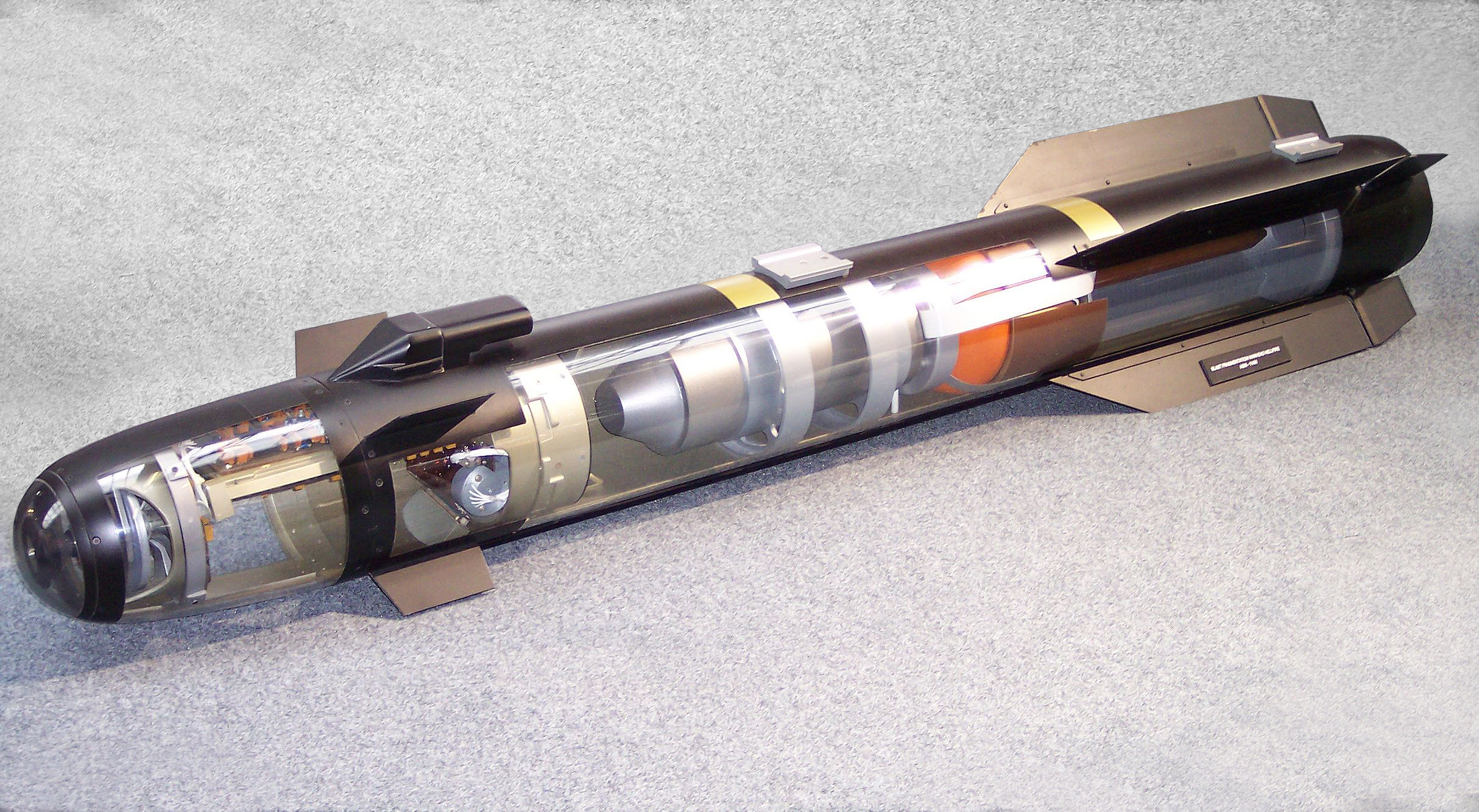
Hellfire Missile. Image: Wikimedia Commons.
But in 2014, this became seen as unacceptable, given long-term US plans for hostility with China.
Yet no company in American produced the substance—and nobody wanted to, since making it was hard work and almost certainly unprofitable. The US military had to fund the creation of an entire chemical factory in 2014 to make its own supply, the US GAO report said.
DEADLY CHEMICAL
In 2018, the US became concerned that most of its military solid rocket engines used a substance called Dechlorane. It was purchased from a Belgian company that made it using materials from China. This had to stop.
But the issue became more complex recently when the latest version of the substance, called Dechlorane Plus, was banned globally.
All signatories to the Stockholm Convention, which is an international treaty regulating hazardous pollutants, agreed that the additive should be prohibited from use worldwide, because of clear evidence that it was deadly to both humans and nature.
But in 2014, this became seen as unacceptable, given long-term US plans for hostility with China.
Yet no company in American produced the substance—and nobody wanted to, since making it was hard work and almost certainly unprofitable. The US military had to fund the creation of an entire chemical factory in 2014 to make its own supply, the US GAO report said.
DEADLY CHEMICAL
In 2018, the US became concerned that most of its military solid rocket engines used a substance called Dechlorane. It was purchased from a Belgian company that made it using materials from China. This had to stop.
But the issue became more complex recently when the latest version of the substance, called Dechlorane Plus, was banned globally.
All signatories to the Stockholm Convention, which is an international treaty regulating hazardous pollutants, agreed that the additive should be prohibited from use worldwide, because of clear evidence that it was deadly to both humans and nature.
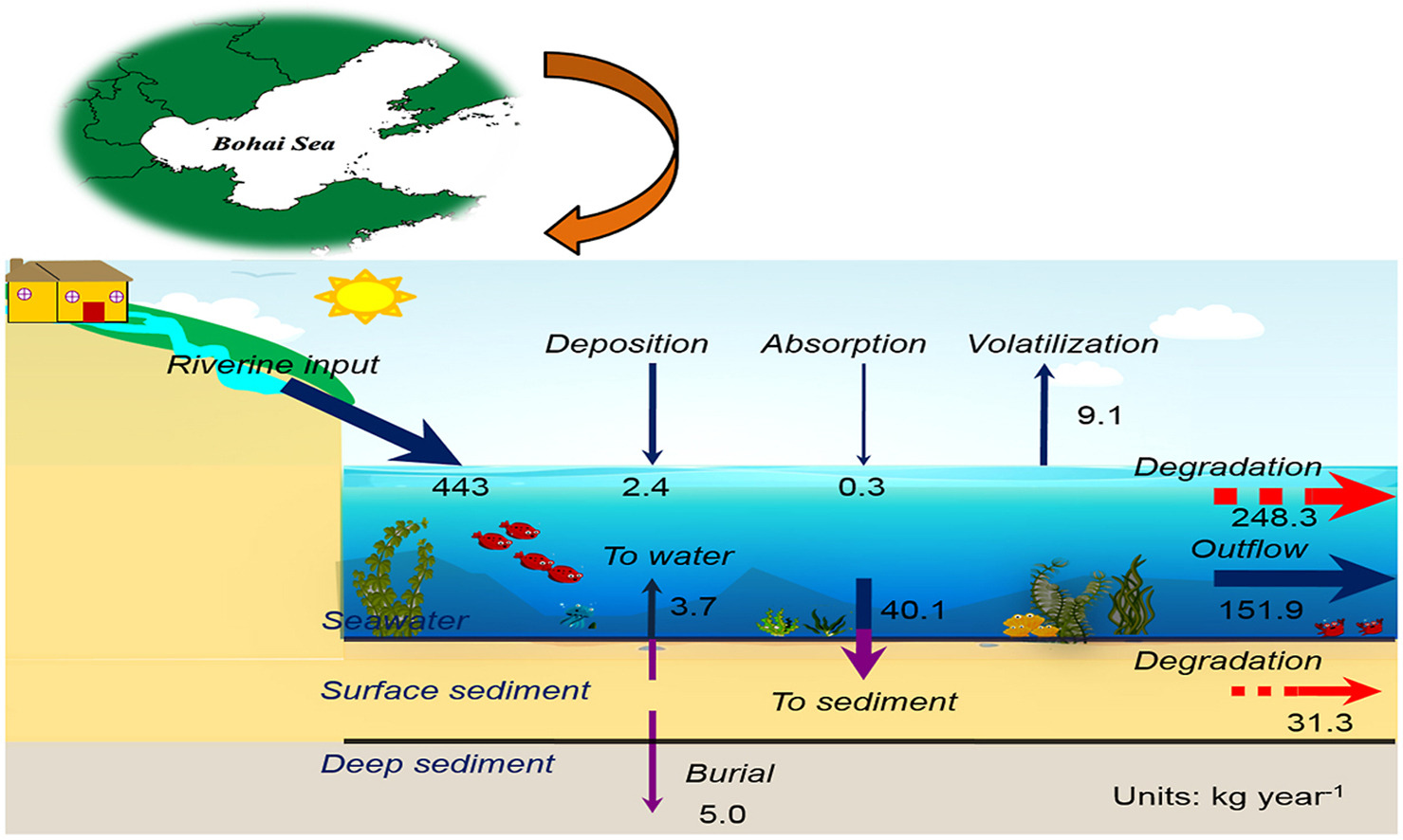
Dechlorane was dangerous, said an academic study which took place in China. Source: Science Direct
But guess what? The vast majority of countries in the world signed and ratified the convention, including China – but the US chose not to do so. (This was par for the course. The US is the superpower least likely to ratify the treaties that keep the world safe, which is why US claims of ‘upholding the rules-based order’ get a laugh from diplomats.)
Worse still, lobbyists insisted that a special waiver would be inserted to guarantee that Dechlorane Plus will be allowed to be used indefinitely in aerospace products.
CIRCUIT BOARDS
Also in 2018, the US realized that 90 per cent of the world’s printed circuit boards were made in Asia, with the majority coming from mainland China and Taiwan.
Thus began a program to use complicit media to recast Taiwan (up to then labelled as part of “Greater China”) as a stand-alone democracy that had to be kept separate from mainland China, which was presented as permanently on the verge of “invading” its own land.
PRIVATE BUSINESS
Sometimes, the antics of private business people in the US became the issue. One New York tech company made a fortune by selling Chinese-made equipment to the US military by falsely claiming it was built domestically, according to records of a New York court case in 2019. They could charge a lot extra for US-made goods, and did so.
But guess what? The vast majority of countries in the world signed and ratified the convention, including China – but the US chose not to do so. (This was par for the course. The US is the superpower least likely to ratify the treaties that keep the world safe, which is why US claims of ‘upholding the rules-based order’ get a laugh from diplomats.)
Worse still, lobbyists insisted that a special waiver would be inserted to guarantee that Dechlorane Plus will be allowed to be used indefinitely in aerospace products.
CIRCUIT BOARDS
Also in 2018, the US realized that 90 per cent of the world’s printed circuit boards were made in Asia, with the majority coming from mainland China and Taiwan.
Thus began a program to use complicit media to recast Taiwan (up to then labelled as part of “Greater China”) as a stand-alone democracy that had to be kept separate from mainland China, which was presented as permanently on the verge of “invading” its own land.
PRIVATE BUSINESS
Sometimes, the antics of private business people in the US became the issue. One New York tech company made a fortune by selling Chinese-made equipment to the US military by falsely claiming it was built domestically, according to records of a New York court case in 2019. They could charge a lot extra for US-made goods, and did so.
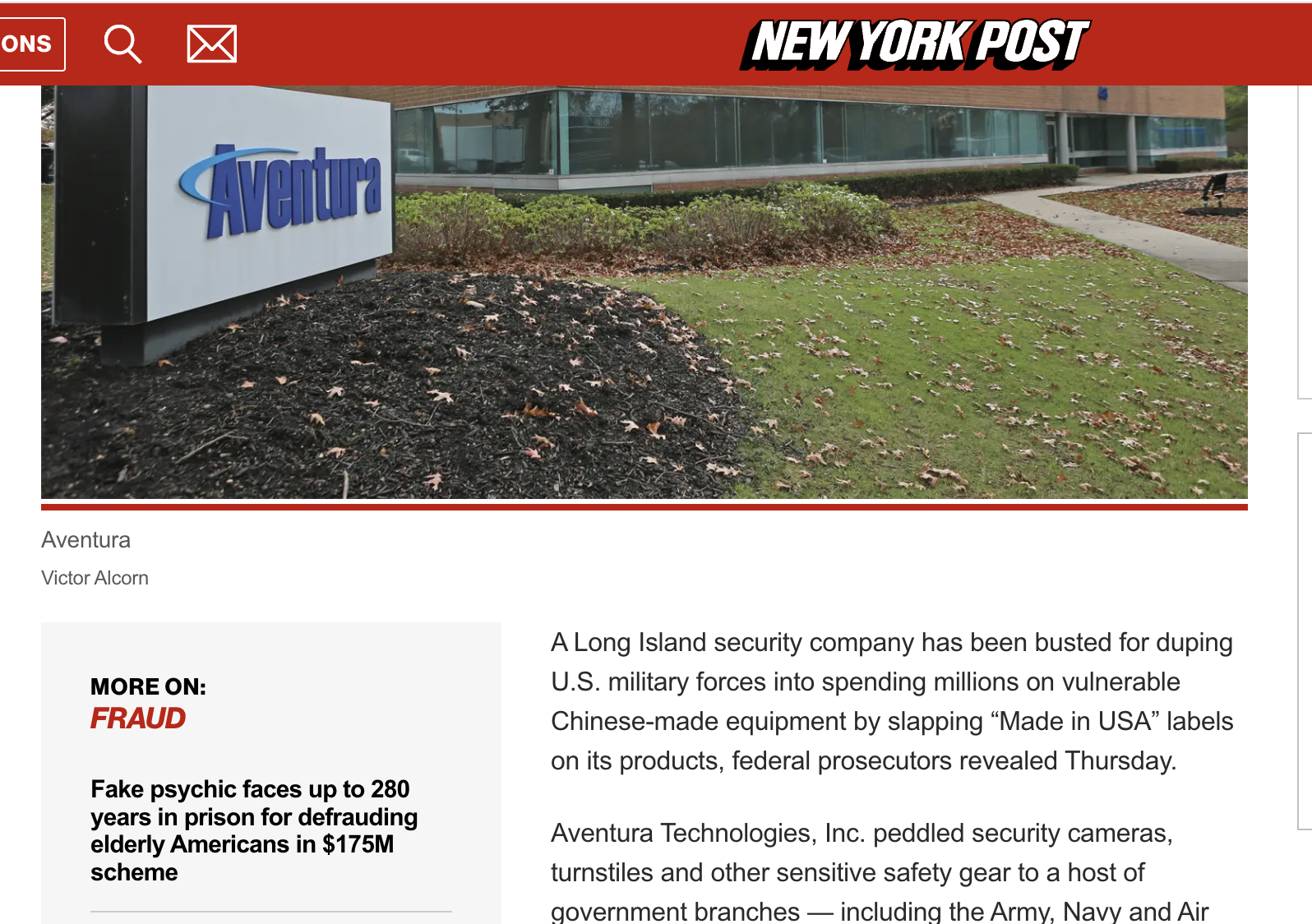
Report from Nov 7, 2019
The firm, Aventura Technologies, slipped up when Chinese writing was found in some of its circuit boards—but this was after numerous items had already been sold to the US army, navy and air force.
PRESENT DAY
The problems continue to the present day. Just last year, in September, the Pentagon had to halt deliveries of the F-35 after finding that a magnet in a component made by Honeywell International for the aircraft’s engine contained a rare cobalt and samarium alloy from China. Again, the company chose to ask for a waiver to allow them to ignore the law.
This week’s admission by Greg Hayes in the Financial Times takes the story in a new direction. Up to now, the narrative has been that the weapons makers serving the US military can, element by element, stop getting any military items that could be said to be “Chinese”.
But his admission now indicates that this is, as he said, “impossible”. There’s too much interlinking that cannot be unravelled.
To the war-hawks in politics and the media that dominate discussion in the west, this is bad news indeed.
For the people of East Asia, who greatly oppose the idea of war coming to their region, this is a glimmer of hope.
The firm, Aventura Technologies, slipped up when Chinese writing was found in some of its circuit boards—but this was after numerous items had already been sold to the US army, navy and air force.
PRESENT DAY
The problems continue to the present day. Just last year, in September, the Pentagon had to halt deliveries of the F-35 after finding that a magnet in a component made by Honeywell International for the aircraft’s engine contained a rare cobalt and samarium alloy from China. Again, the company chose to ask for a waiver to allow them to ignore the law.
This week’s admission by Greg Hayes in the Financial Times takes the story in a new direction. Up to now, the narrative has been that the weapons makers serving the US military can, element by element, stop getting any military items that could be said to be “Chinese”.
But his admission now indicates that this is, as he said, “impossible”. There’s too much interlinking that cannot be unravelled.
To the war-hawks in politics and the media that dominate discussion in the west, this is bad news indeed.
For the people of East Asia, who greatly oppose the idea of war coming to their region, this is a glimmer of hope.
A large number of CCP supporters are all FOR war in East Asia to conquer Taiwan.
ReplyDelete& u?
Delete